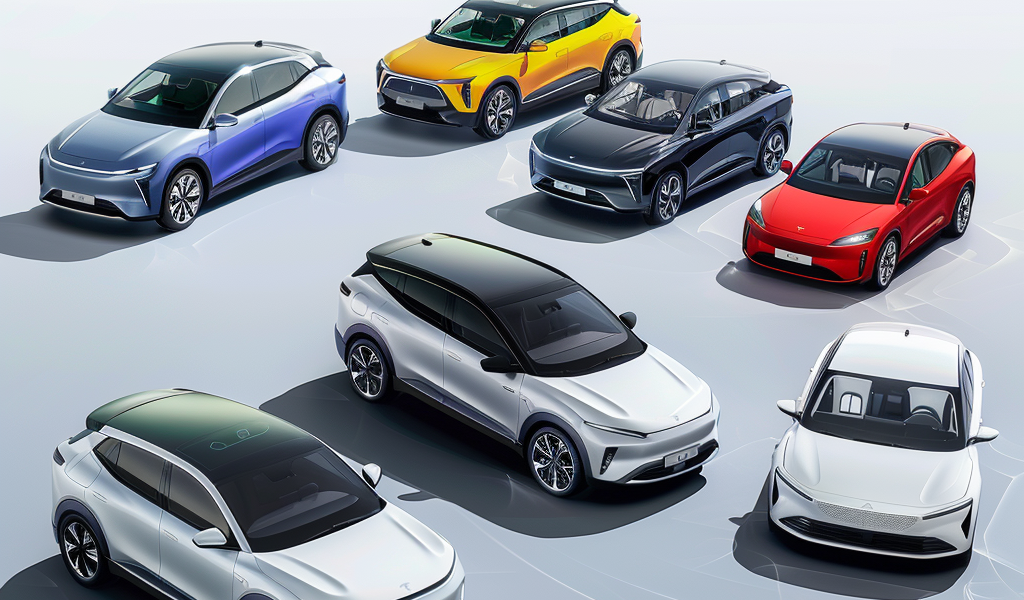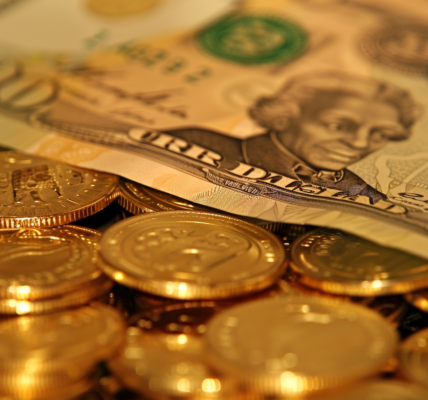Can Tesla (NASDAQ:TSLA) Compete with BYD, LI, NIO, XPEV on Value?
Tesla is facing increasing competition from its peers in China, all of which trade with more attractive valuation metrics than Elon Musk’s company. With growth slowing and the driverless cars potentially a decade away, Tesla could be considered a speculative investment.
Cathie Wood once said that Tesla (NASDAQ:TSLA) was in a prime position to dominate the EV market. However, things are changing, and Wood may have been wrong. Tesla is no longer the world’s leading EV producer, and it’s getting harder to argue that Tesla deserves its valuation premium. Tesla is trading at 58.8x forward earnings, making it incredibly expensive versus its profitable Chinese peers like BYD (NASDAQ:BYDDF) and Li Auto (NASDAQ:LI).
On a price-to-sales basis, it’s also more expensive than NIO (NYSE:NIO) and XPeng (NASDAQ:XPEV). Of the four listed in the headline, only BYD and Li Auto have turned a profit, but they’re both trading at much lower multiples than Tesla, at 15.6x forward earnings each. This is why I’m bearish on Tesla.
One of the biggest challenges when trying to justify Tesla’s lofty multiples is its slowing growth. While deliveries grew by 20% in Q4 2023, total revenue growth slowed to just 3%. It goes without saying that a company trading at 58.8x earnings should be growing revenue faster than 3%.
It’s also worth noting that in both Q1 2023 and Q3 2023, Tesla’s revenues were sequentially down quarter-over-quarter. Gross profit also fell, down 23% year-over-year. Behind all of this were falling margins. Tesla said that its total GAAP gross margin declined 612 basis points from 23.8% in Q4 2022 to 17.6% in Q4 2023.
My biggest concern about Tesla’s valuation relates to its price-to-earnings-to-growth (PEG) ratio. Currently, the PEG ratio stands at 3.8. Given that a ratio of 1.0 is considered fair value, we can deduce that Tesla is overvalued, at least for the medium term, as the PEG ratio is formed from analysts’ expectations for the next three to five years. In fact, this ratio of 3.8 is one of the highest I’ve come across for a non-dividend-paying stock.





